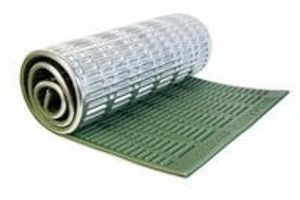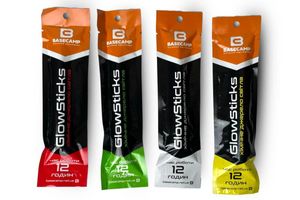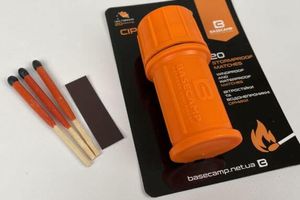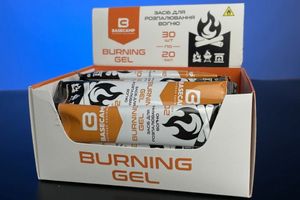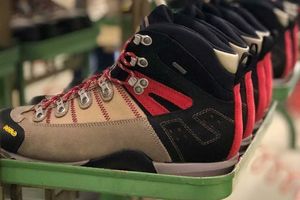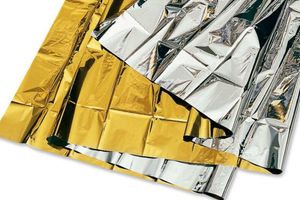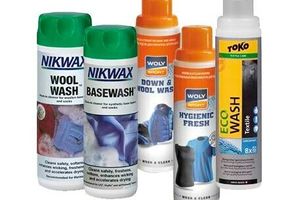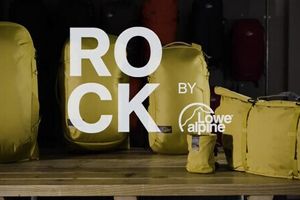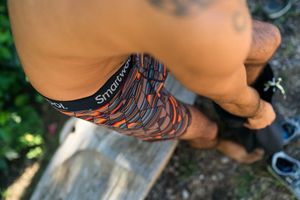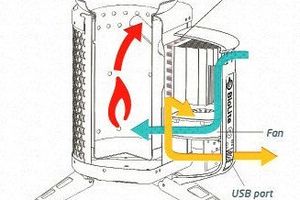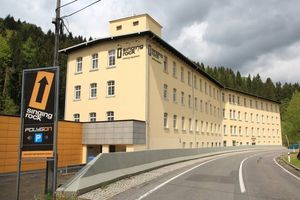Thermopad heaters: the essence of work and use
A little history of compact heaters
Early 50s, Korea, cold winter. An American soldier uses iron powder and common salt to keep warm. He mixes the ingredients in a canister, where oxygen also enters. As a result of the chemical reaction, energy is released, which is the source of heat that prevents the boy from freezing.
Later, in 1978, disposable heaters appeared on the market in the form we are familiar with - small, compact. With the development of technologies, their assortment and variety have been replenished and today, for example, in Japan there are more than 150 types of heating pads for various purposes. They can be used to warm hands, feet, back, as seat covers and others.
Back then, in the 50s, basic knowledge of chemistry and ingenuity saved lives, and today, based on this knowledge, compact derivative heaters are made.
How Thermopad heaters work
Thermopad chemical thermal pads consist of a mixture of natural ingredients, such as:
- Iron powder (Fe). During the reaction with oxygen, heat is released, which is transferred to the outer shell;
- Salt serves as a catalyst;
- Activated coal. Due to its large surface area, coal works as a catalyst and as a storage device during heat production;
- Water (H2O) accelerates the chemical reaction;
- Vermiculite (clay mineral).
The ingredients are mixed with each other while observing the proportions and form a granulate. The mixture is packed in a shell made of soft non-woven material - fleece.
The chemical reaction consists in the simple concept of chemical oxidation. The combination of oxygen with the ingredients of the heating pad generates thermal energy.
When opening, the tightness of the package is broken and air gets inside. The components enter into a chemical reaction with oxygen (oxidation) contained in the air. The dense fleece limits the volume of oxygen entering the interior, thereby controlling the reaction rate.
4Fe+3O2+6H2O ––> 4Fe(OH)3
After opening the sealed bag, heating lasts up to 12 hours, depending on the type of heater. When developing models of heaters, the brand's engineers take into account heat exchange and thermal insulation of individual parts of the body. The chemical heater for the neck Thermopad Neck Warmer heats up to 48 °С, and for the body (Body Warmer) - up to 63 °С. The manufacturer indicates the temperature data for each model on the packaging.
Features of the Thermopad compact heaters
Thermopad heaters are highly efficient. For example, models for toes release up to 35 kcal. They emit four times more thermal energy than a similar electric heater.
Heat storage systems used in Thermopad warmers are more efficient than electric ones. The temperature and duration of heating of all coal heaters are regulated by various parameters. Thus, it is possible to change the supply of oxygen, its amount and mixture. Based on the fact that iron enters into a direct reaction with oxygen, the speed of the reaction and the amount of heat released can be regulated.
Why do you need such travel warmers?
There is a direct connection between body temperature and the state of immunity. When the body cools down, blood circulation slows down and blood vessels narrow. Due to this, the immune barrier decreases. Viruses and infections that are constantly around us have a much better chance of success.
Therefore, to maintain a comfortable body temperature, you need to use compact heaters. They warm the body, do not allow it to cool down. During walks, training and other types of activity in the cold period, compact heaters help prevent hypothermia and maintain health.
There are a number of factors that affect body temperature:
- thin roomy clothes in the cold period;
- hormonal imbalance in the body;
- fatigue and exhaustion.
Fat percentage is also an important factor. Muscles by themselves do not store heat, they only promote the movement of blood and produce energy (heat). But the fat layer is precisely responsible for keeping warm. The average rate of fat in a woman's body is about 25%, and in men - 15%. If it is not enough, then a person gets cold more often, he will need more clothes to keep warm. But clothes can only retain the heat produced by the body. With reduced activity, the muscles do not stimulate blood flow, and the heat produced by the body is not enough. In such cases, heaters are able to compensate and equalize the heat imbalance in the body.
Interesting fact:
Have you ever wondered why women get cold more often than men? Despite the higher percentage of body fat in women, they have less muscle mass. It is the muscles that produce heat, they perform the task of heating the whole body. In this connection, girls' hands and feet get cold more often than boys'. Another reason is thin, delicate skin. It is not able to preserve the heat produced by the body. Thin skin cools down faster, blood vessels narrow and the body directs all energy to heat the skin instead of keeping the heat inside itself.
Recommendations for using Thermopad heating pads
Conditions for effective operation of the heater
The chemical reaction for the release of heat depends on several factors:
- Air temperatures;
- The volume of oxygen entering inside;
- Air humidity.
These factors affect the rate of chemical reaction and the efficiency of heat release.
Also, the efficiency of the heater is in the uniform distribution of the heat it emits. The circulatory system must transfer heat throughout the body, thereby maintaining a comfortable temperature without excessive expenditure of energy on the part of the body.
But there are situations when it becomes difficult. During sleep or reduced activity, blood circulation slows down. A heating pad tightly pressed to the body can also be a problem. In such cases, the circulatory system cannot distribute heat throughout the body. It concentrates on a limited area of the skin. The result of such overheating can be "low-temperature burns." In such cases, it is necessary to cool the affected area and seek medical help.
Safety techniques when using heating pads
- Depending on the type of heater, conditions and storage location, all heaters can be stored for several years;
- Before use, check the expiration date on the package;
- After the expiration date or closer to the dates indicated on the package, the characteristics of the heaters may change: the maximum temperature will increase, the duration of heat generation (work) will decrease.
- If the conditions of storage and use are observed, self-ignition is impossible!
- The cause of ignition can be a high concentration of pure oxygen in combination with a large number of open flames.
- The ingredients of the warmers, insoles, belts and bandages are non-toxic, but if the pad is opened, the contents can get into the respiratory tract or on the mucous membrane.
- Contact with chemical heaters is not recommended for children under 6 years of age.
- The ingredients in the products are non-toxic, but in case of inhalation or ingestion of individual ingredients, seek medical attention as soon as possible.



